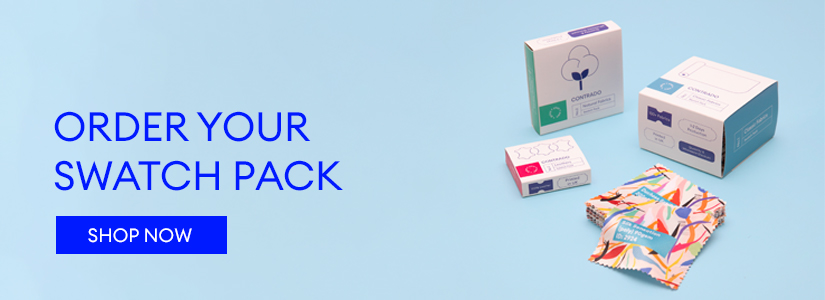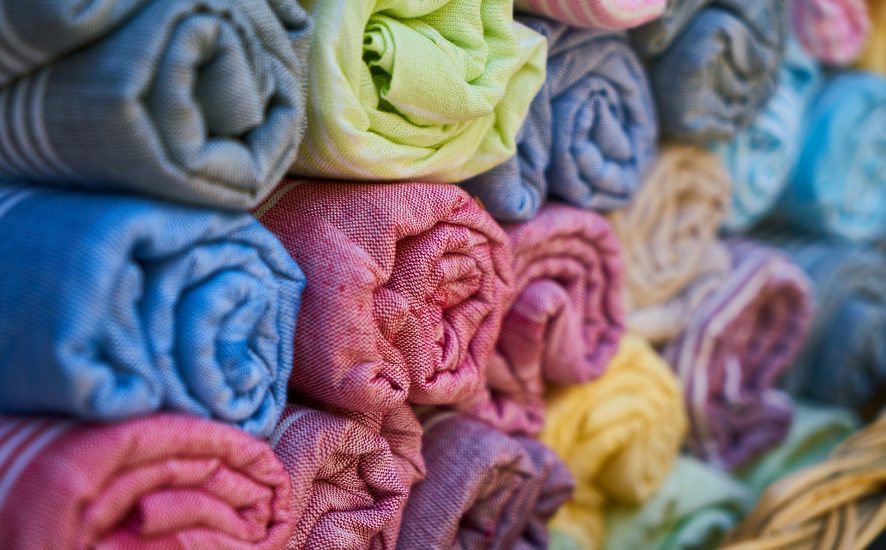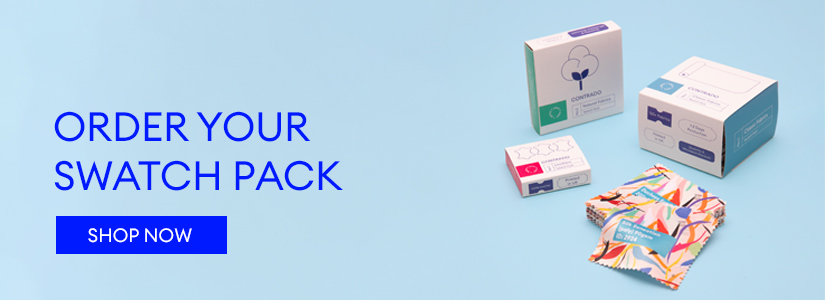If you work in the fashion industry, chances are you work with textiles almost constantly. Whether you’re shopping for, printing on, or working with textiles, they never seem to differ much from any fabric you’ve worked with. Ever wonder why this is? And if they’re truly the same thing, what’s the definition of a textile and how is it different from fabric?
As it turns out, textiles have many uses outside of the fashion world. Aside from the obvious— clothing, bags, home decor, and so on— textiles are an important part of the medical field, toy manufacturing, weaponry, agriculture, and other unexpected fields. If you’re wondering ‘what’s the difference between textiles and fabric?’, the answer is a lot more specific than you’d think.
What is the definition of textile?
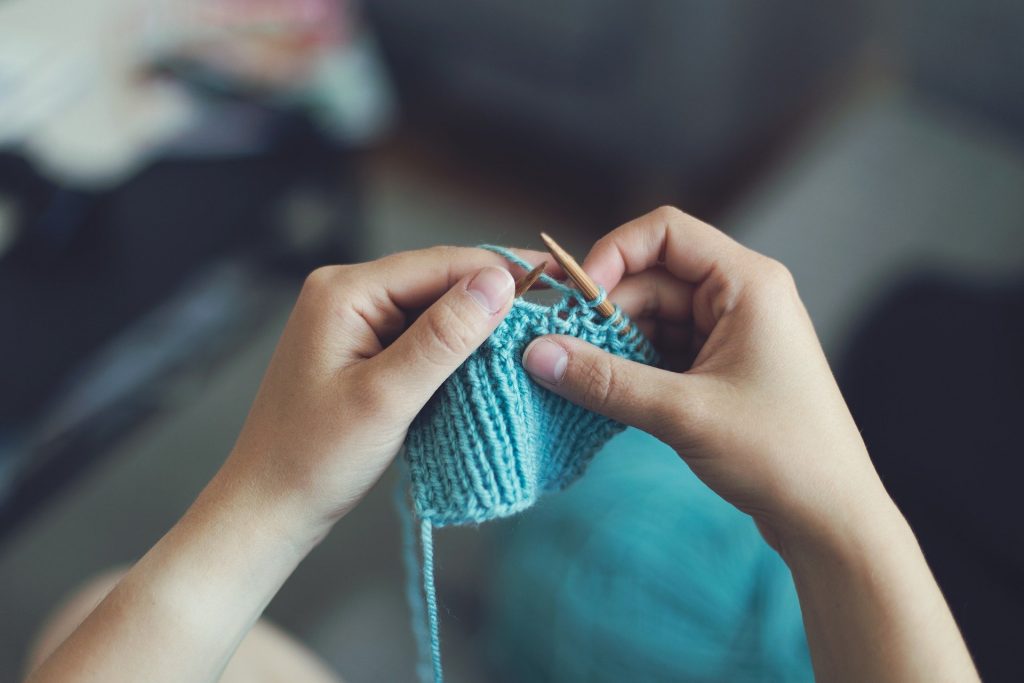
To discern the vital differences between textiles and fabric, the term ‘textile’ must be clearly defined. The definition of textile is any material made of interlacing fibres, including carpet and geotextiles. Any woven or knitted fabric is a textile. What every textile has in common is that it’s made from textile fibre.
What is a textile fibre?
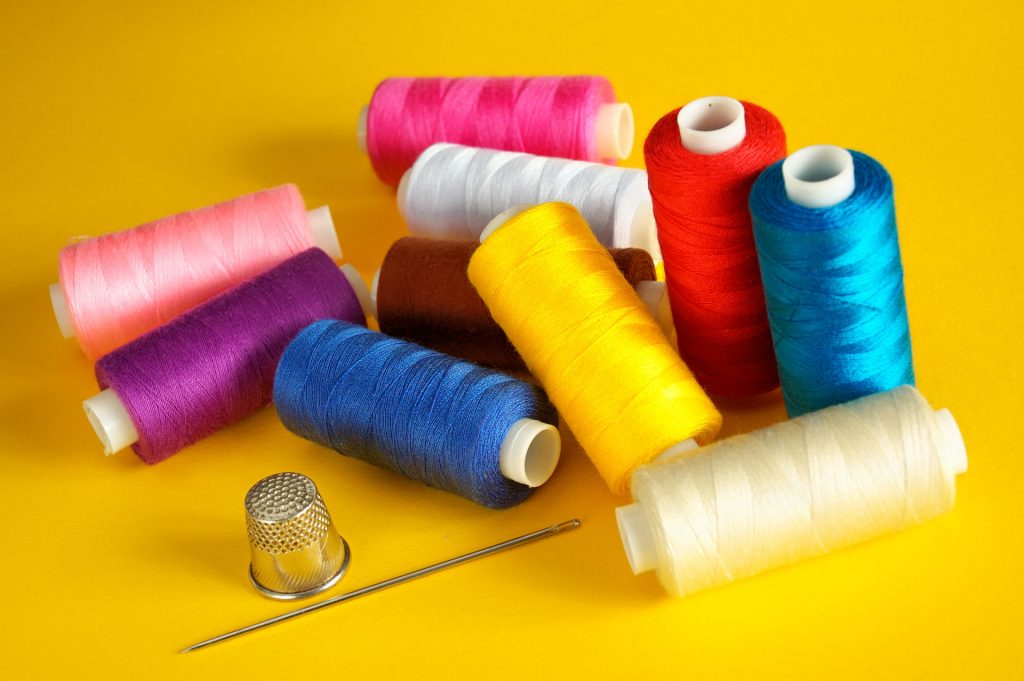
Products of textile fibre include yarn, thread, natural silk, rayon, chemical fibre short-hair silk, elastic silk, and metal wire. Textiles are created by processing, weaving or knitting these materials. These can create typically manufactured goods, such as clothing, accessories, gloves, hats and blankets, or any type of plastic, industrial, natural fur, agricultural or medical fabric. This means that beyond the world of fashion, textiles comprise of any woven or knitted material for any use.
The specialised use of textiles
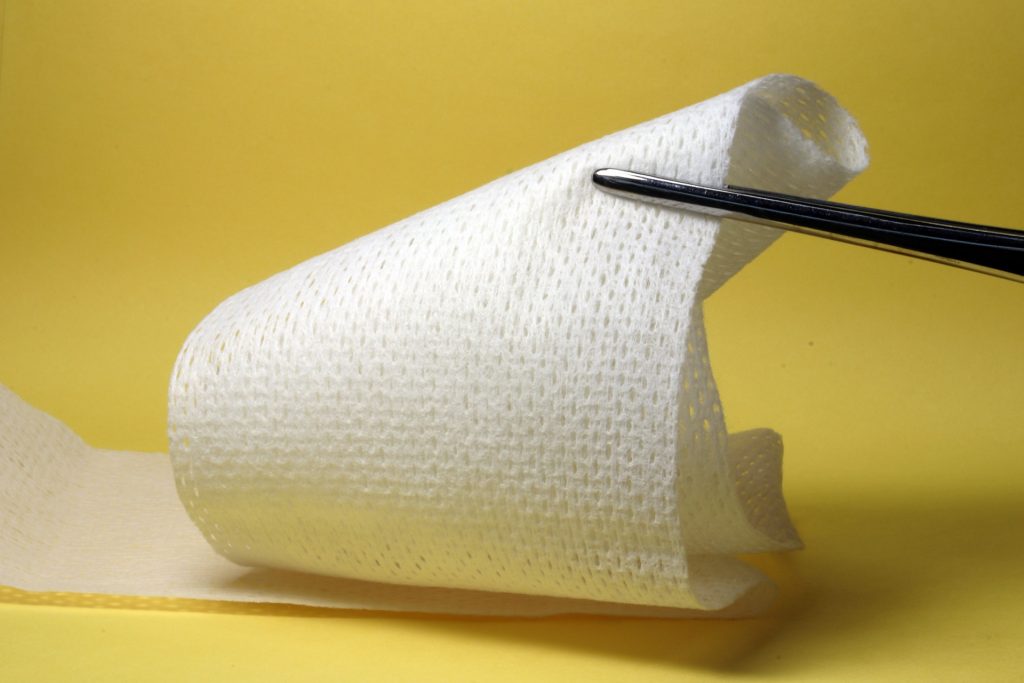
One example of specialised use of textiles are geotextiles, a permeable fabric that separates, filters, reinforces, protects or drains soil. Geotextiles are commonly used to improve the soil where structures, roads or pipelines are built. These textiles have various types of material like open-mesh, warp-knitted and non-woven textiles.
Another example is medical dressings and bandages, which are classified as medical textiles, or healthcare textiles. These textiles are more specifically used in the medical field for first aid, clinical or hygienic purposes and rehabilitation. Medical textiles must have specific qualities to be useful in the field such as biocompatibility, good resistance to alkalis, absorption and repellence, among others.
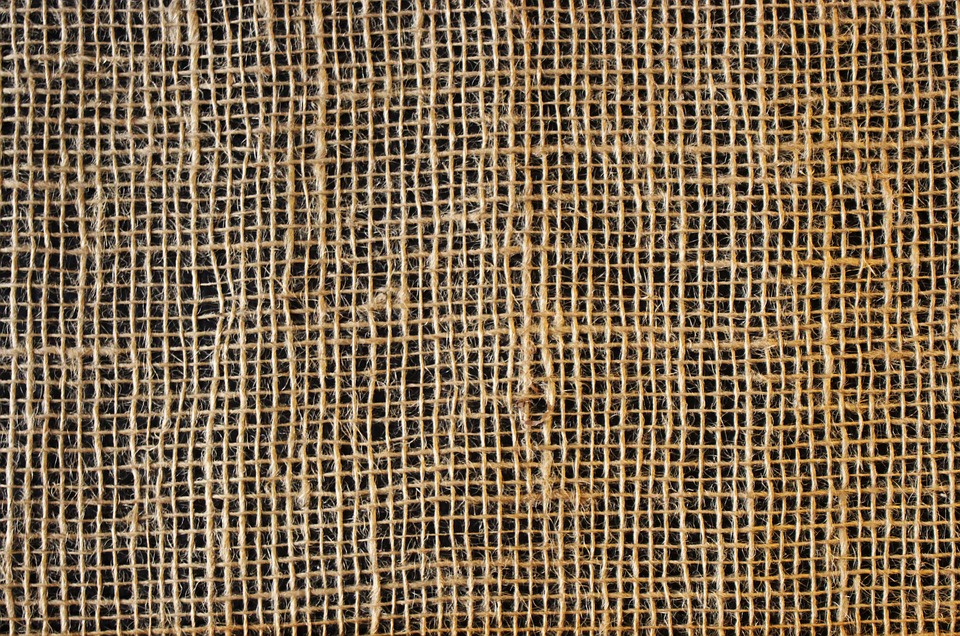
You can categorise agrotextiles, automotive textiles and other specialised textiles by their industry-specific usage. While they may consist of similar components, their use is vastly different. For this reason, you categorise textiles by industry, not components.
Classifying Textile Fibers
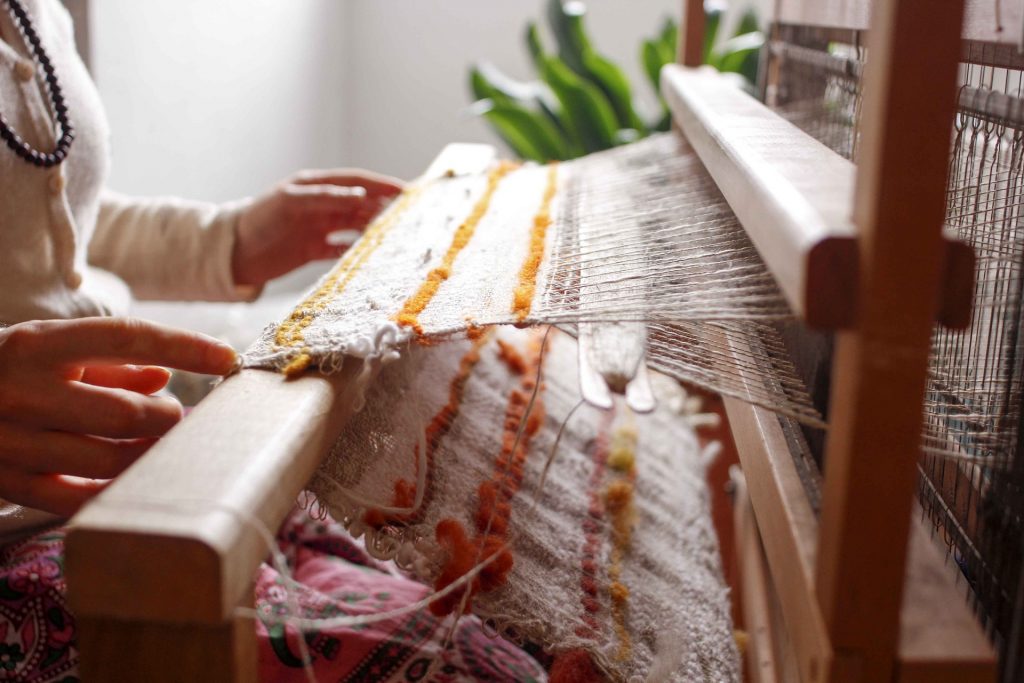
Textile fibres can be classified using three different methods: by structure, utility and production of the textiles.
The first classification of textile fibres is according to the structure, the materials, processing technology, texture, appearance and main use of textiles which can be divided further into 14 different categories.
The second classification method is by the use of textiles, divided into clothing textiles, decorative textiles and industrial textiles.
Lastly, textiles can be classified according to its production, into line, belt, chenille, woven fabric, textile cloth and more. These various methods help to distinguish the specific fibres needed for a certain product.
If that’s a textile, then what’s the definition of fabric?
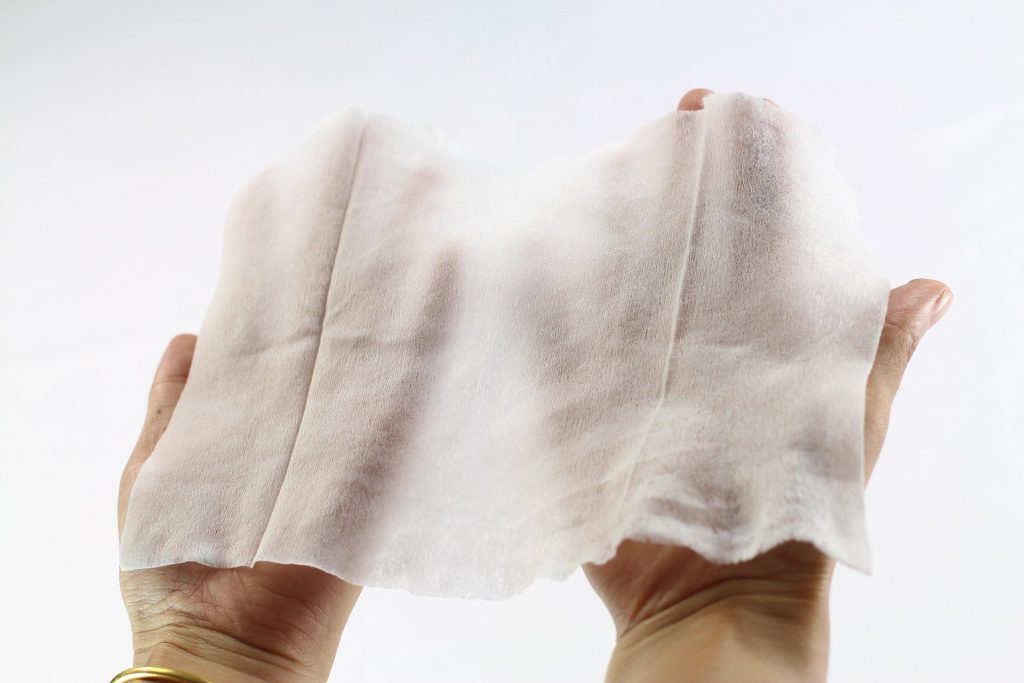
A flat-film mass consisting of fine-soft objects connected by intersecting, winding and joining describes the definition of fabric. Sounds pretty much like a textile, right? Surprisingly, fabrics have even broader use than textiles.
Fabrics cover all woven and knitted materials, but they include non-woven materials, too. Fabrics made of yarns connect to each other with an intersecting and winding relationship. Meaning, fabrics with a more unique style of connecting exist outside the definition of a textile.
Common examples of non-woven fabric include teabag paper, face cloths, synthetic fibre paper and shingling.
How to connect fabric besides weaving and knitting?
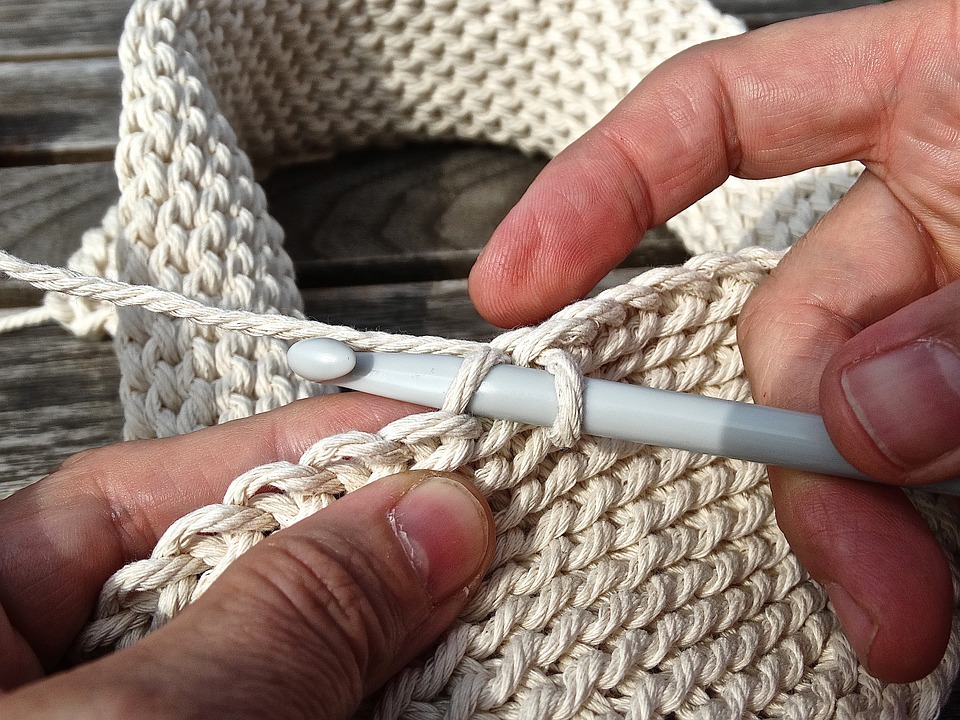
Excellent question! When you spread, bond, braid, felt, twist or crochet a material, it’s a fabric, not a textile. Essentially, many twists and braids form a fabric through the amount of material connected.
In further production, fabrics make goods like garments, bed sheets, blankets, carpets, curtains, drapes and much more. Textiles, on the other hand, often have a use on their own.
Textile vs. Fabric
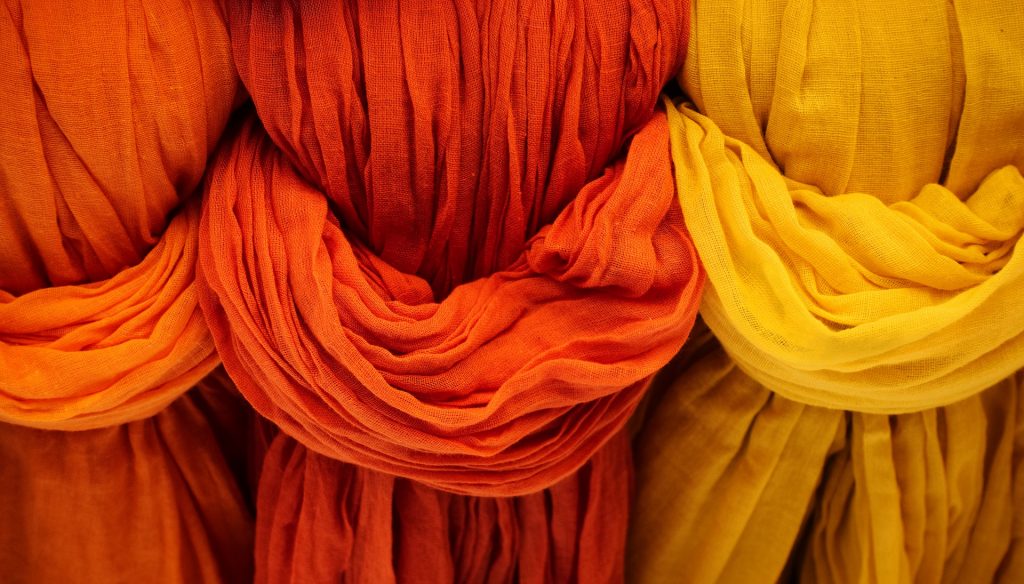
The question of textile vs fabric has little to do with their definitions and more to do with their production and usage. Textiles stand alone as an unfinished product, or they can combine with other materials to create something different.
Fabric is mainly an “ingredient” mixed with other materials, creating the finished product. If there is no strict quality test in the production process for the textile, we can’t imagine what our life will look like. Fabric testing is only one aspect of textile testing. Above all, it’s the most common and important link for testing textile quality.
Fabric testing is crucial to assessing the performance of textiles to ensure the quality of the product is exactly what you pay for. This testing is crucial to understanding the end result of the product and its quality.
In summary, what is the difference between fabric and textiles?

You can see textiles everywhere, from fibre to yarn, from cloth to clothing, from medical treatment to various industries. They range from fibres woven together to a finished product, ready for use. In addition, fabric is still under the textile umbrella. So in other words, you can make fabric and textiles from the same materials.
To summarise, not all textiles are fabric, while all fabric is a textile.
Interested in finding even more textiles and fabrics? Good news: we have them both and so much more. Click below to check out our full range with examples!
